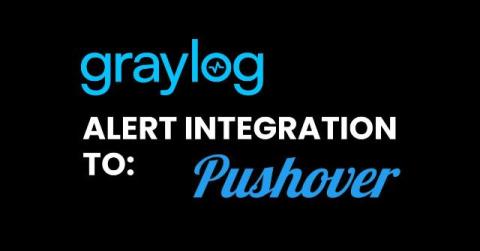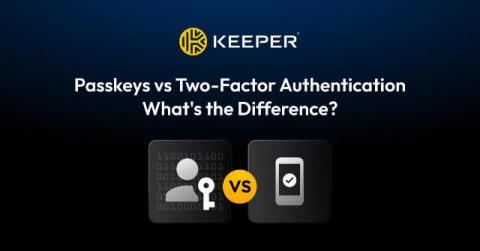Cybersecurity Checklist: 9 Ways to Stay Safe on Your Summer Travels
As summer approaches, many of us are eagerly planning our much-awaited vacations. Whether you're jetting off to exotic destinations or embarking on a road trip closer to home, it's important to remember that cybersecurity should be a part of your travel checklist. From safeguarding your devices to protecting your personal information, here are some easy-to-follow tips to ensure a cyber-safe summer getaway... And most importantly, enjoy your trip! Don't let cybersecurity concerns overshadow your vacation.











